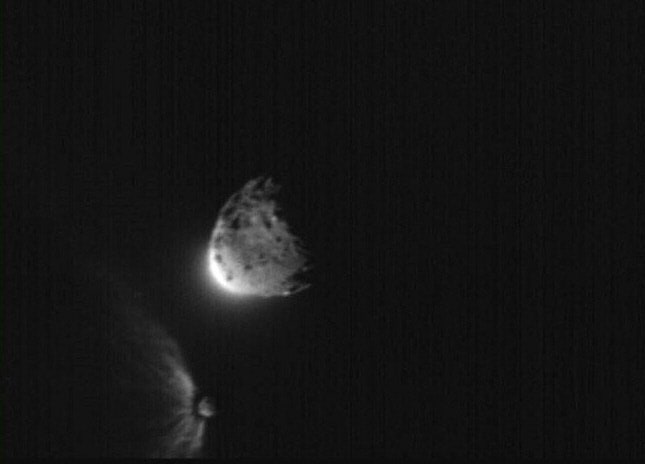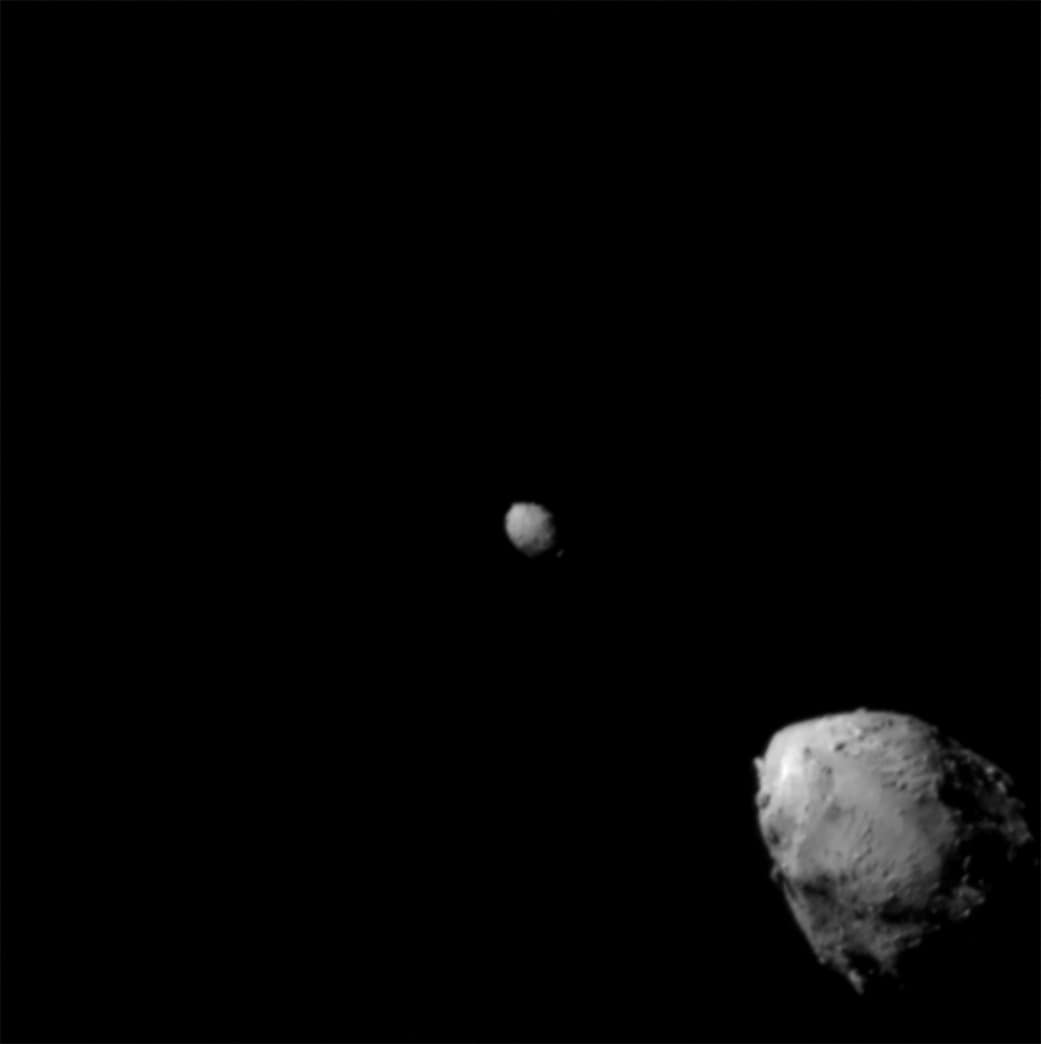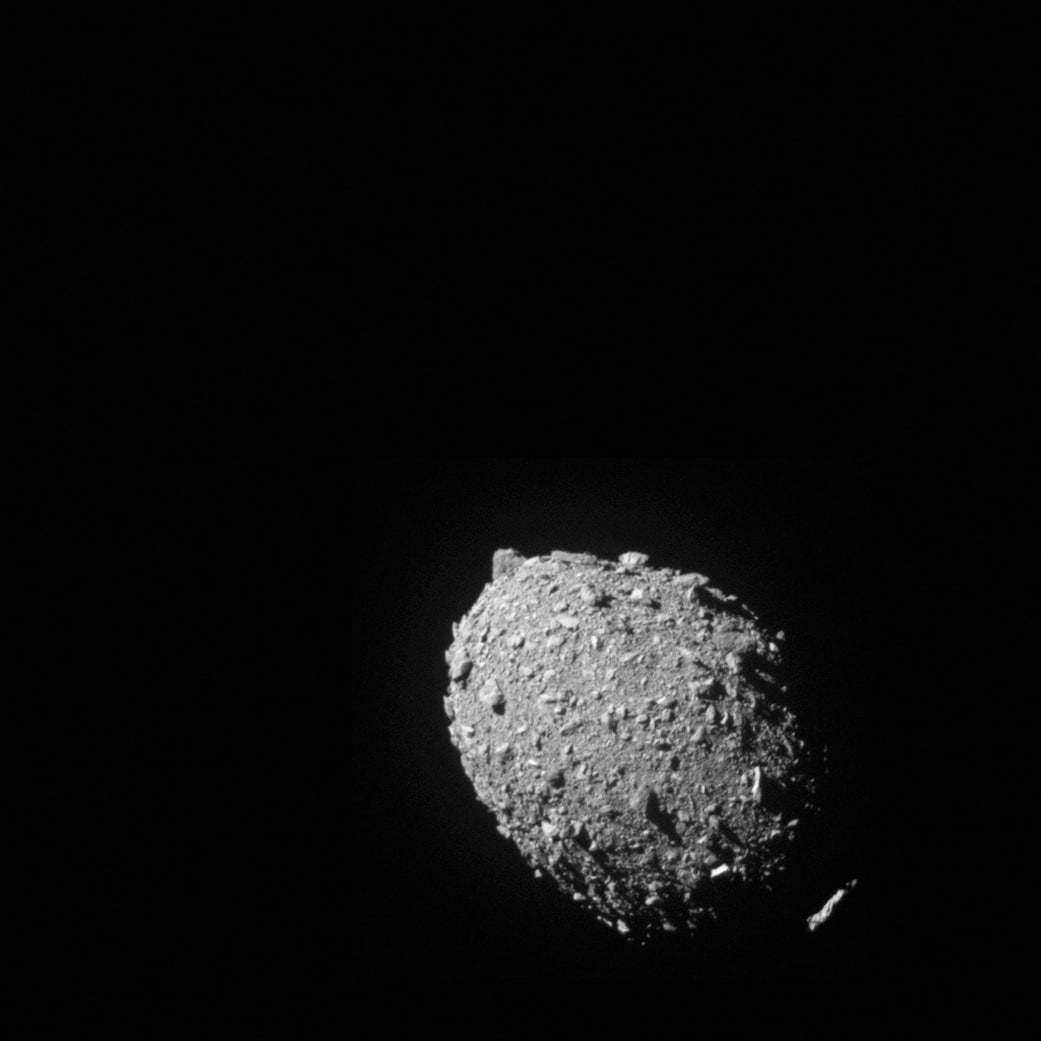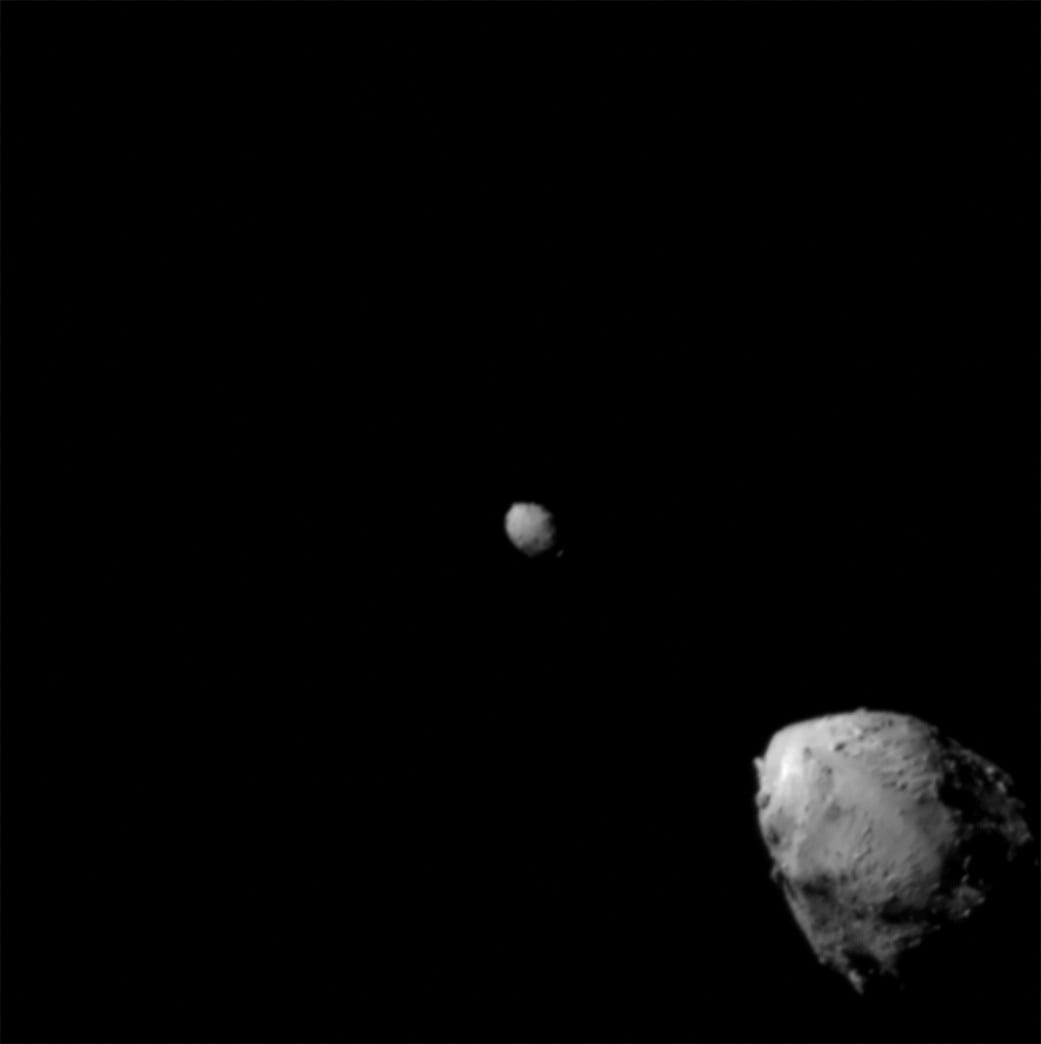Sad ending! NASA's InSight spacecraft set to be killed on Mars
NASA's InSight spacecraft's death is expected to be announced next week. Check the latest details here.






 View all Images
View all ImagesIt's a tale of a tragic end and a huge loss to humanity. NASA's InSight spacecraft is going to die soon. In a touching statement, the spacecraft said that the day is coming when it will fall silent forever, ending its nearly four years' journey on Mars. The Insight lander has been on a mission to reveal secrets of the Red Planet's interior. Now, the spacecraft's power generation capabilities have declined as dust has accumulated on its solar panels in such massive quantities, it is not being able to create enough power to keep itself alive. The NASA team has taken various steps to keep it alive as long as possible.
Informing about the same, NASA InSight itself tweeted, "The day is coming when I'll fall silent, ending my nearly four Earth years (over two Mars years) of studying the Red Planet. As my time winds down on Mars, my team is helping make sure scientists can get the most out of everything I've gathered."
NASA will declare the mission over when InSight misses two consecutive communication sessions with the spacecraft orbiting Mars, part of the Mars Relay Network – but only if the cause of the missed communication is the lander itself, said network manager Roy Gladden of JPL. After that, NASA's Deep Space Network will listen for a time, just in case. There will be no measures to re-establish contact with InSight.
NASA's Jet Propulsion Laboratory (JPL) informed via a report that the end of the mission is expected to come in the next few weeks. "But even as the tightknit 25-to-30-member operations team – a small group compared to other Mars missions – continues to squeeze the most they can out of InSight (short for Interior Exploration using Seismic Investigations, Geodesy and Heat Transport), they've also begun taking steps to wind down the mission," JPL added.
According to the report, the most important of the final steps with the InSight mission is storing its trove of data and making it accessible to researchers across the globe. The lander data has yielded details about Mars' interior layers, its liquid core, the variable remnants beneath the surface of its mostly extinct magnetic field, weather on this part of Mars, and lots of quake activity.
According to the report, "InSight's seismometer, provided by France's Centre National d'Études Spatiales (CNES), has detected more than 1,300 Marsquakes since the lander touched down in November 2018, the largest measuring a magnitude 5. It even recorded quakes from meteoroid impacts. Observing how the seismic waves from those quakes change as they travel through the planet offers an invaluable glimpse into Mars' interior but also provides a better understanding of how all rocky worlds, including Earth and its Moon, form."
Earlier this summer, the lander had so little remaining power that the mission turned off all of InSight's other science instruments in order to keep the seismometer running. They even turned off the fault protection system that would otherwise automatically shut down the seismometer if the system detects that the lander's power generation is dangerously low, the report stated.
“We were down to less than 20% of the original generating capacity,” said Bruce Banerdt of NASA's Jet Propulsion Laboratory in Southern California, the mission's principal investigator. “That means we can't afford to run the instruments around the clock.”
Recently, after a regional dust storm added to the lander's dust-covered solar panels, the team decided to turn off the seismometer altogether in order to save power.
Catch all the Latest Tech News, Mobile News, Laptop News, Gaming news, Wearables News , How To News, also keep up with us on Whatsapp channel,Twitter, Facebook, Google News, and Instagram. For our latest videos, subscribe to our YouTube channel.































